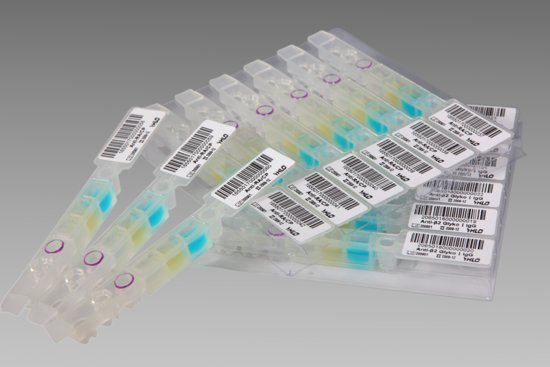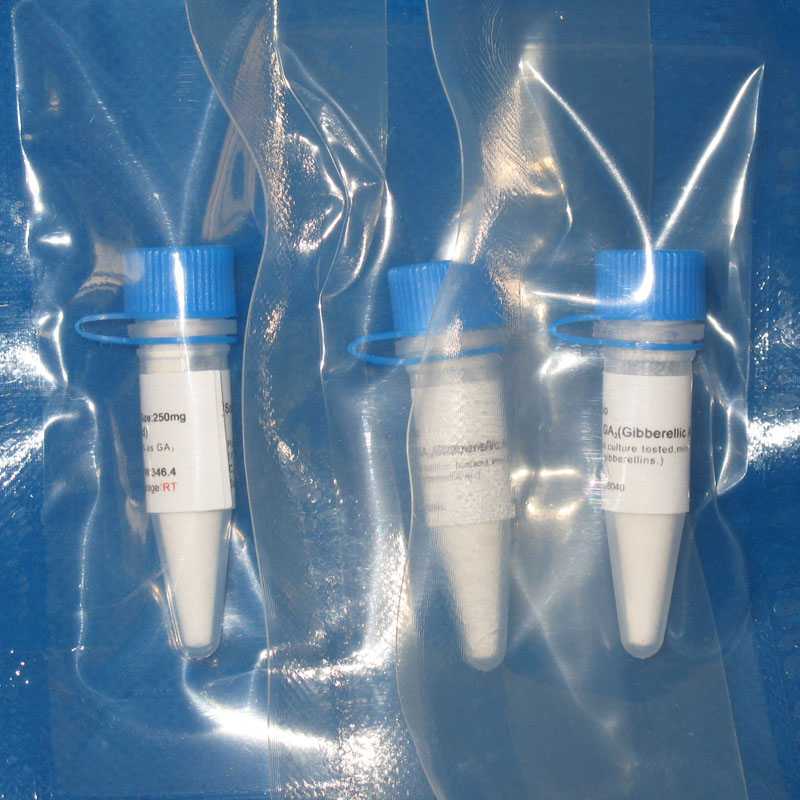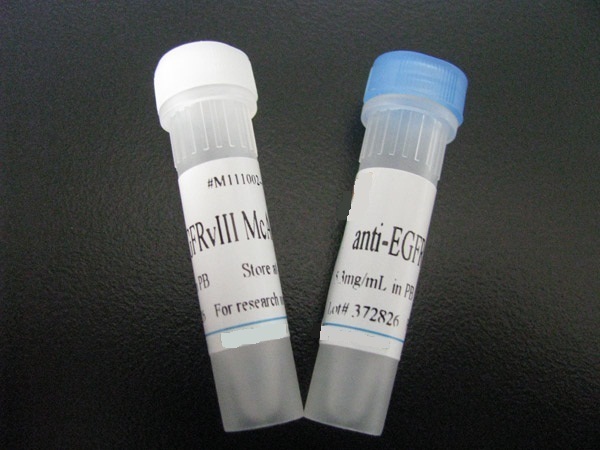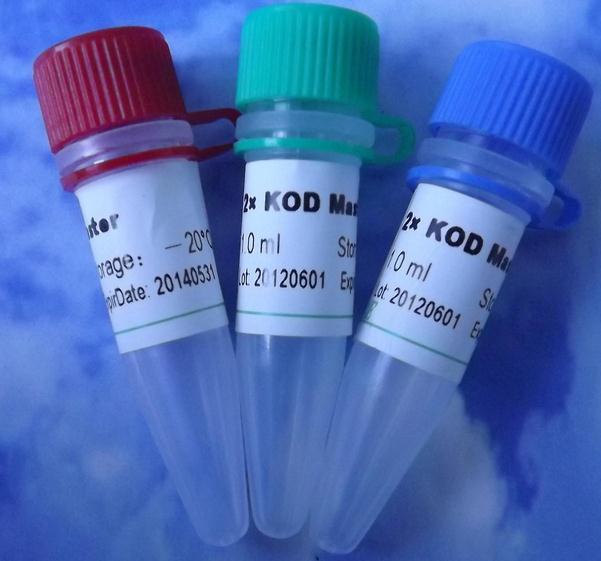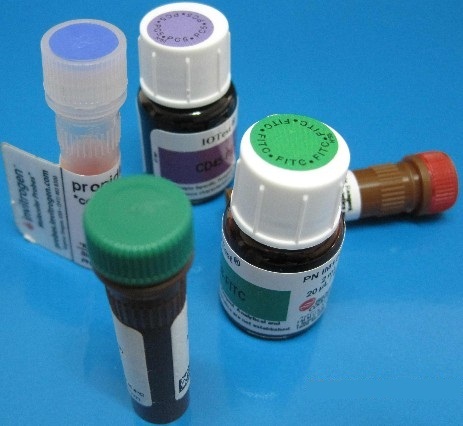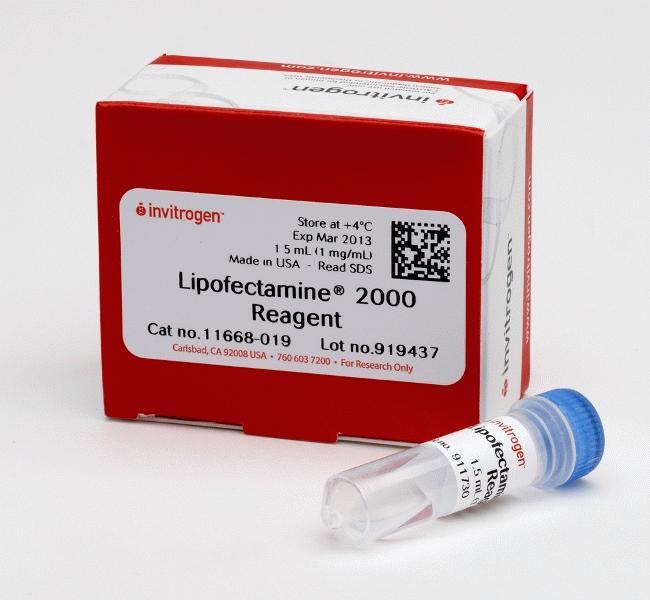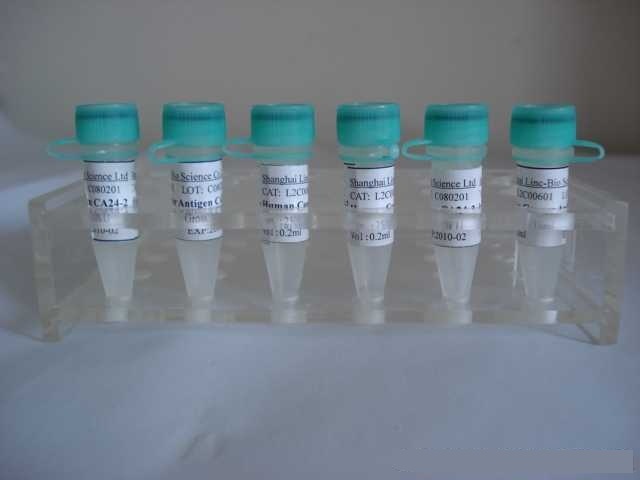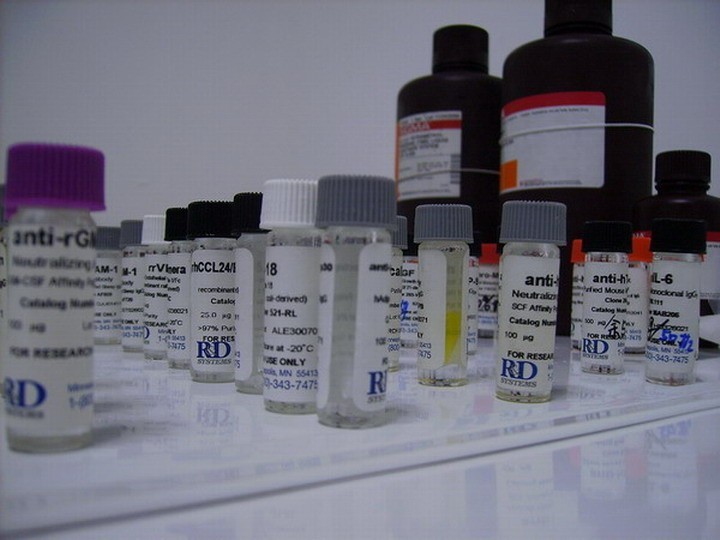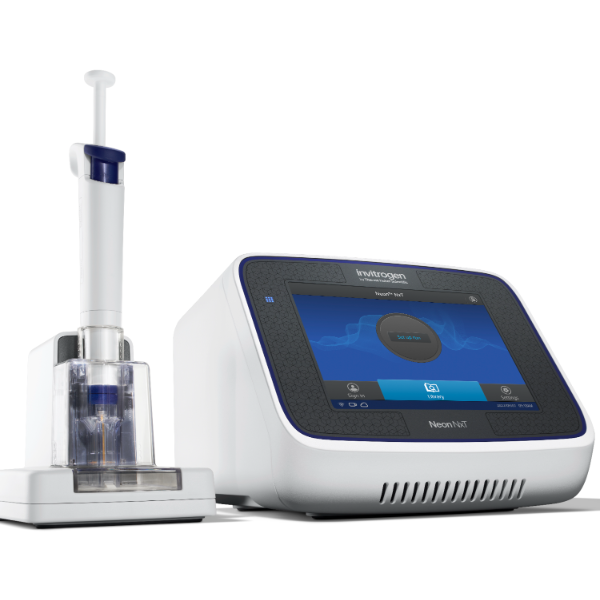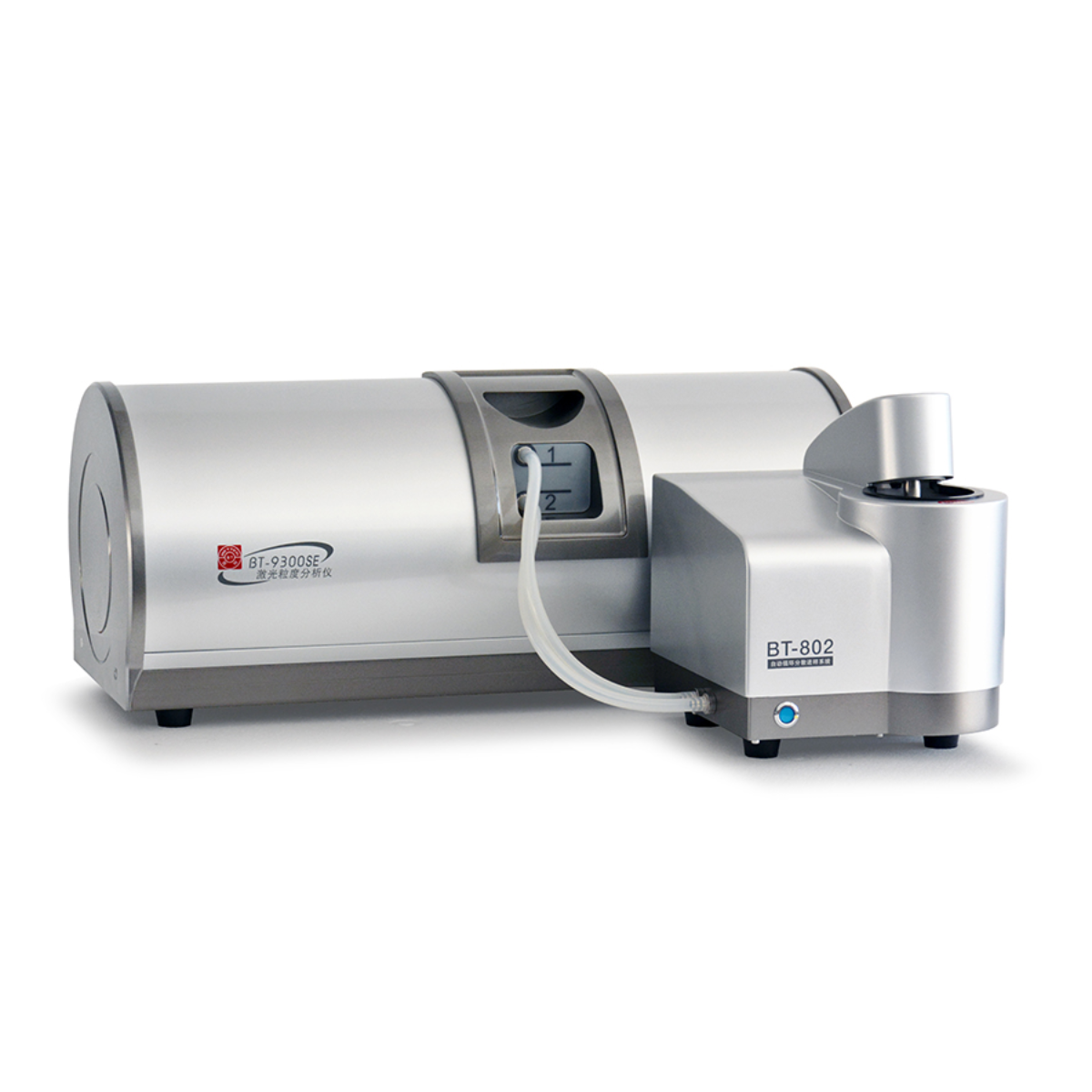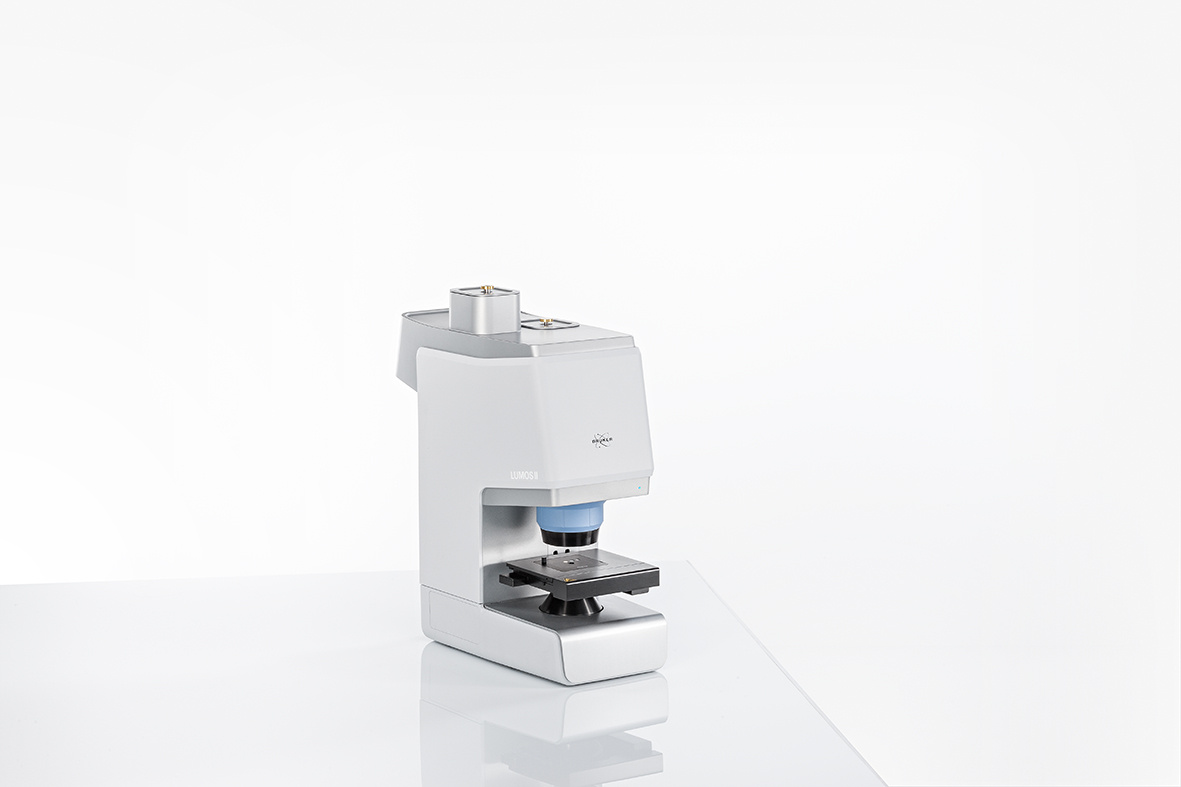4)经纯化制备的抗体在常用的缓冲液中是稳定的。其DH应保持在中性左右。如果pH在7-8之间,即使保存多年,对抗体也无损害。多数情况下,盐浓度适于保持在0-150mmol/L之间,但在长期存放的抗体中,盐溶液浓度高达500mmol/L时,对
抗体来源 Rabbit
克隆类型 polyclonal
交叉反应 Human, Mouse, Rat, Chicken, Dog, Horse, Sheep
产品类型 一抗
研究领域 细胞生物 发育生物学 结合蛋白
蛋白分子量 predicted molecular weight: 130kDa
性 状 Lyophilized or Liquid
免 疫 原 KLH conjugated synthetic peptide derived from human FNIP1
亚 型 IgG
纯化方法 affinity purified by Protein A
储 存 液 Preservative: 15mM Sodium Azide, Constituents: 1% BSA, 0.01M PBS, pH 7.4
产品应用 WB=1:100-500 ELISA=1:500-1000 IHC-P=1:100-500 IHC-F=1:100-500 ICC=1:100-500 IF=1:100-500
(石蜡切片需做抗原修复)
not yet tested in other applications.
optimal dilutions/concentrations should be determined by the end user.
保存条件 Store at -20 °C for one year. Avoid repeated freeze/thaw cycles. The lyophilized antibody is stable at room temperature for at least one month and for greater than a year when kept at -20°C. When reconstituted in sterile pH 7.4 0.01M PBS or diluent of antibody the antibody is stable for at least two weeks at 2-4 °C.
Important Note This product as supplied is intended for research use only, not for use in human, therapeutic or diagnostic applications.
卵泡刺激素结合蛋白1抗体产品介绍 May be involved in energy and/or nutrient sensing through the AMPK and mTOR signaling pathways. May regulate phosphorylation of RPS6KB1.
Function : May be involved in energy and/or nutrient sensing through the AMPK and mTOR signaling pathways. May regulate phosphorylation of RPS6KB1.
Subunit : Forms homomultimers and heteromultimers with FNIP2. Interacts with FLCN (via C-terminus), with HSPCA and with the PRKAA1, PRKAB1 and PRKAG1 subunits of 5'-AMP-activated protein kinase (AMPK). Phosphorylated FLCN and AMPK are preferentially bound.
Subcellular Location : Cytoplasm.
Tissue Specificity : Strong expression is found in the heart, liver placenta, muscle, nasal mucosa, salivary gland and uvula and moderate expression in kidney and lung. Higher levels detected in clear cell renal cell carcinoma (RCC) and chromophobe RCC than in normal kidney tissue.
Post-translational modifications : Phosphorylated by AMPK.
Similarity : Belongs to the FNIP family.
Database links : UniProtKB/Swiss-Prot: Q8TF40.3
![]()



